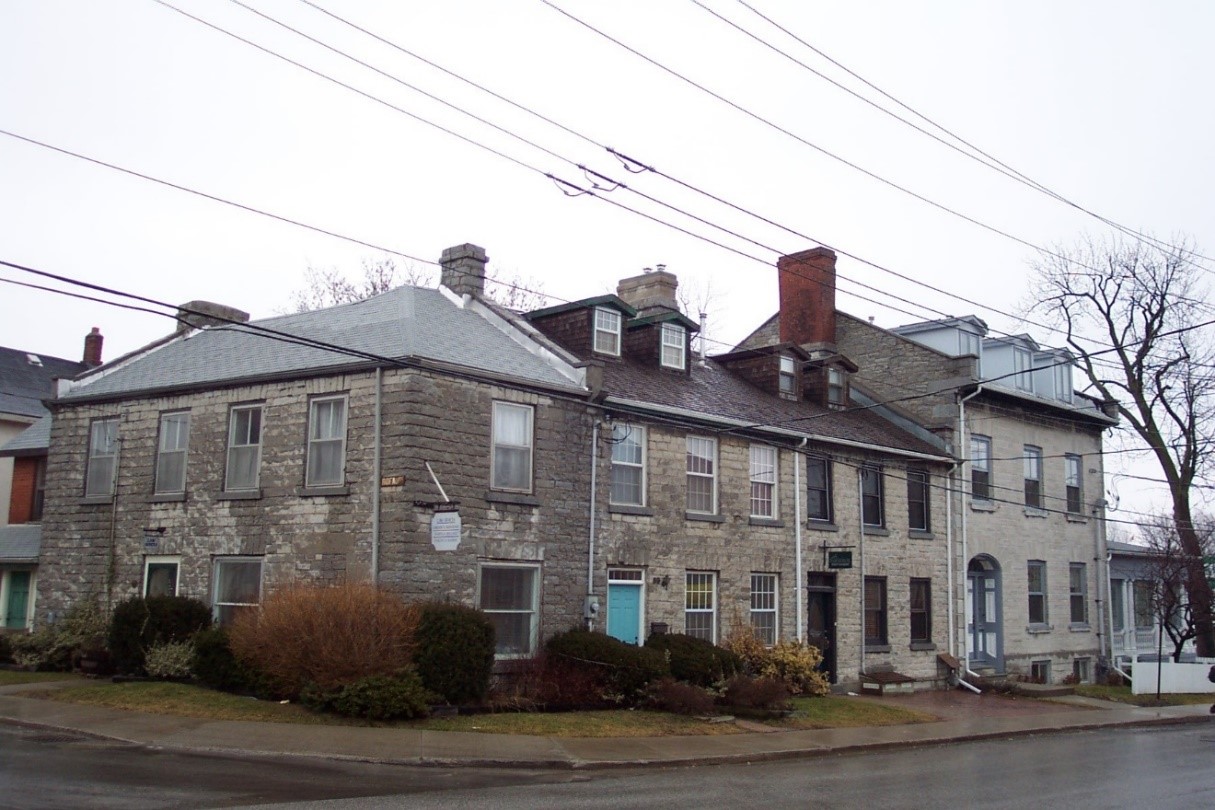1. Overview of heritage conservation district designation

1.1 What is a heritage conservation district?
A heritage conservation district is a geographically defined area with distinct heritage character that is protected by a municipal bylaw under the Ontario Heritage Act. Subsection 41 (1) in Part V of the Ontario Heritage Act enables the council of a municipality to designate the entire municipality or any defined area or areas of the municipality as a heritage conservation district (HCD).
District designation enables the council of a municipality to manage and guide future change in the district through adoption of a district plan with policies and guidelines for conservation, protection and enhancement of the area’s character or appearance.
An HCD has no predetermined size or footprint. It may comprise a few properties in a small area with a tightly arranged group or complex of buildings, or a large area with a scattering of buildings and properties. It may also comprise an entire settlement area with a cluster of heritage resources sharing a significant historic association that distinguishes it from its surroundings.
Potential districts can be found in urban and rural environments. They may include residential, commercial and industrial areas, rural landscapes, or entire villages or hamlets with features and land patterns that contribute to a definable character and appearance.
Heritage conservation districts form an integral part of our cultural heritage. They contribute to an understanding and appreciation of the cultural identity of the local community, region, province or nation.
The significance of an HCD often extends beyond its built heritage, structures, streets, landscape and other physical and spatial elements, to include important vistas and views between and towards buildings and spaces within the district. As the users and the ultimate guardians, the community forms a vital part of a district.
Apart from a small number of districts where the main use is institutional, the majority of Ontario’s designated HCDs comprise residential or commercial “main streets” districts.
The following examples help to illustrate the range and diversity of Ontario’s HCDs:

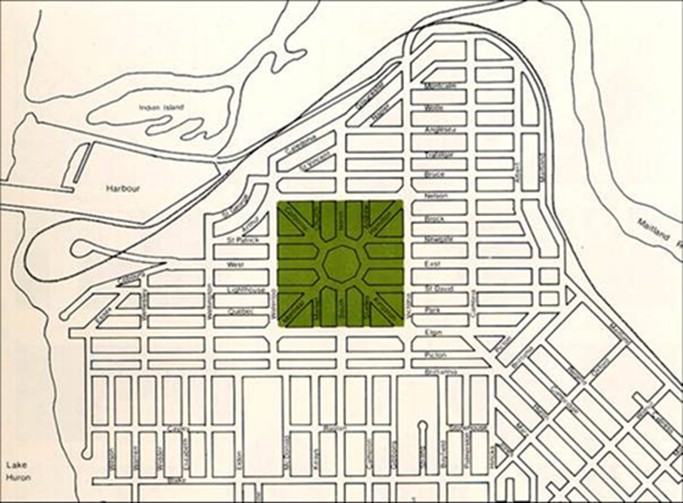
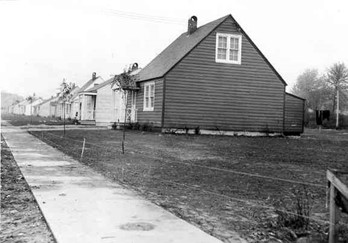
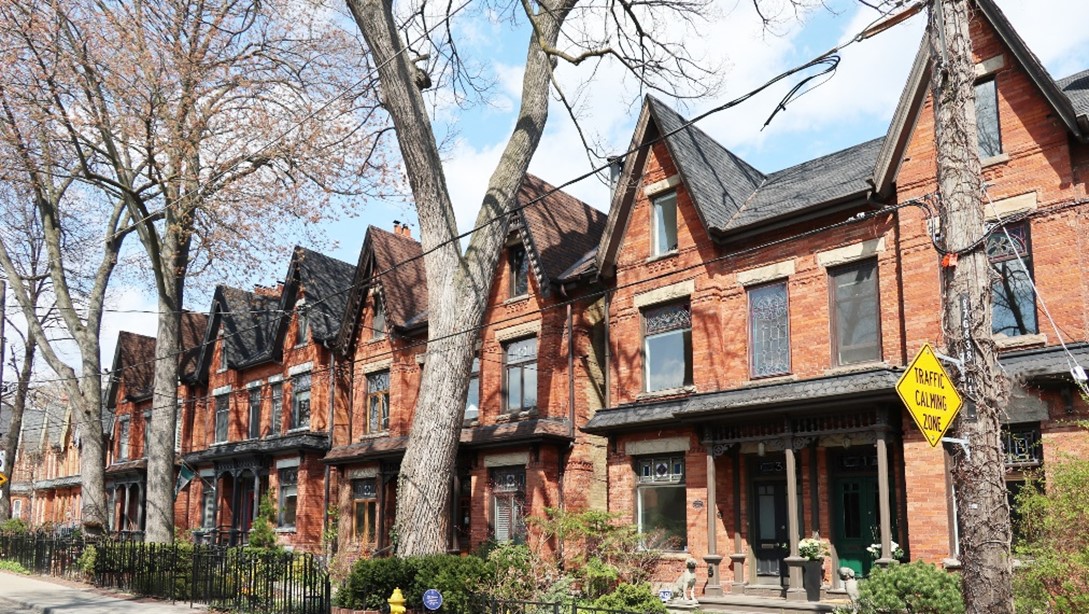
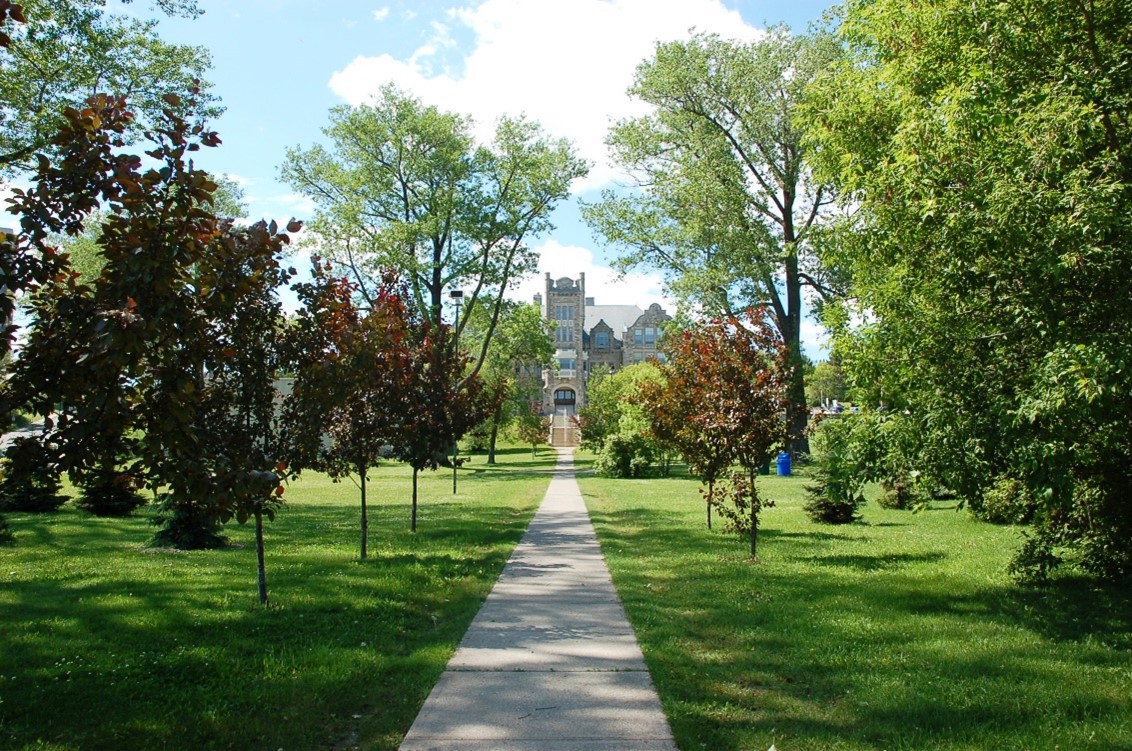
1.2. What are the benefits of district designation?
1.2.1. A unique planning framework
The immediate benefit of HCD designation is a planning process that provides greater direction on how to conserve the cultural heritage value of a defined area within in the broader land use planning process, and provides protection for many cultural heritage resources within a single review and designation process. District designation is one of the best ways to ensure that this cultural heritage value or interest is conserved. The adoption of an HCD plan as part of the designation process ensures that the heritage conservation objectives and stewardship for the district will be incorporated during the planning decision-making process.
1.2.2 Enhanced quality of life and sense of place

Designation allows a municipality to recognize and commemorate what it values within an area, that contributes to its sense of place. It provides a process for sustaining these elements into the future. Sense of place refers to the way people experience and give meaning to their surroundings. A community’s sense of place relies on understanding three things: what defines community character or cultural identity, why that identity is valued, and how it contributes to quality of life and visitor experience.
During the study and research phase of the Heritage Conservation District planning process there is opportunity for the community to develop an understanding and appreciation of the community’s cultural heritage resources and the strong relationship between people and the physical environment (buildings, structures, streetscapes, land forms and natural features). Heritage district designation allows these resources and relationships to be identified, protected and interpreted.
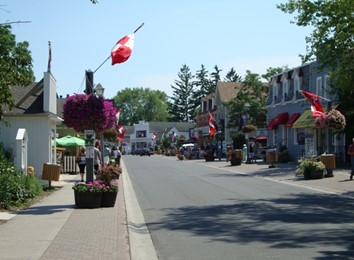
1.2.3. Cultural and economic vitality
Homeowners, entrepreneurs, residents, local government and property developers all appreciate the benefits of culturally vibrant and established urban and rural communities.
Heritage conservation district designation supports long-term economic prosperity by encouraging a sense of place through the protection of a sustainable physical and cultural environment. Such places can offer a wide variety of housing options and economic activities while still maintaining physical continuity and social cohesion. These are often attractive areas for commercial, residential and mixed-use investment.
In areas where there are heritage incentive programs, heritage conservation district designation offers specific economic benefits to property owners by making them eligible to apply for a grant, loan or tax relief from the municipality to carry out restoration or conservation work.
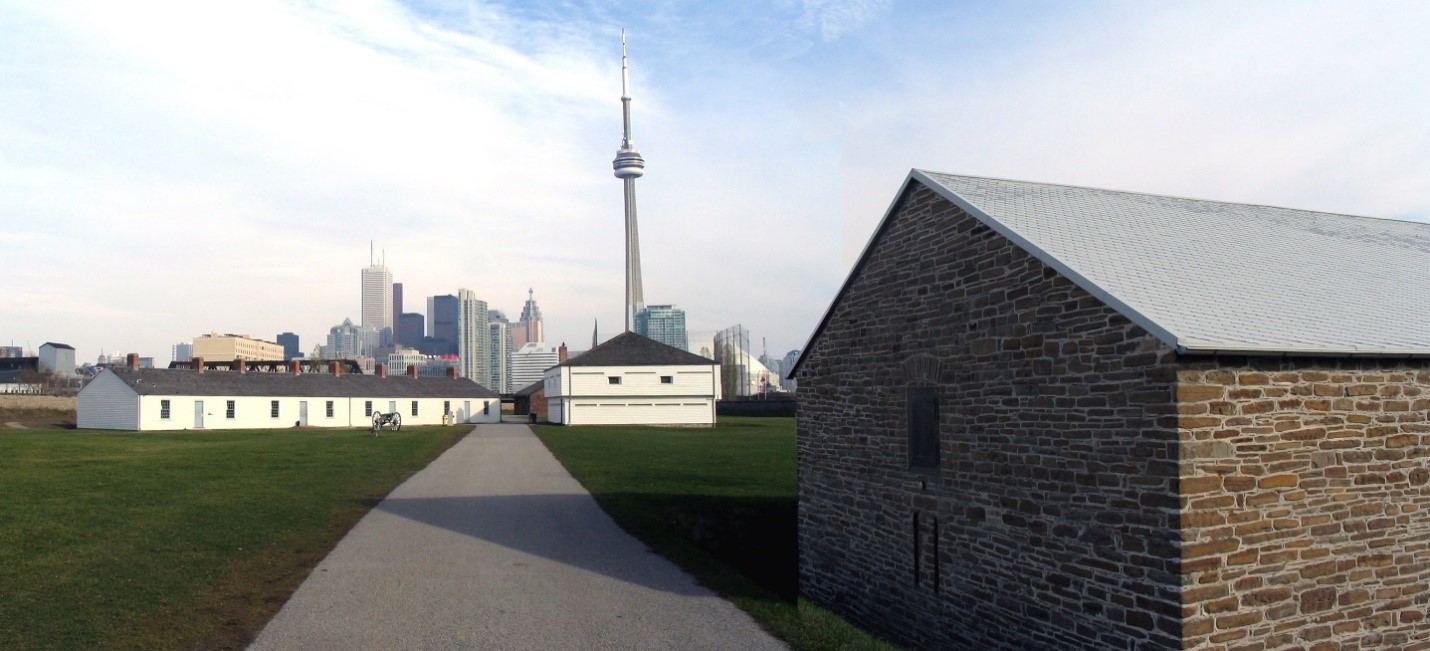
1.2.4. Healthy cultural tourism
There is a strong relationship between HCD designation and cultural tourism. Designation can be used both to encourage and manage tourism activity in rural and urban areas.
Heritage conservation district designation based on research and evaluation, promotes understanding and appreciation of an area’s cultural heritage value and heritage attributes. The development and adoption of a district plan provides the community with an important tool for ensuring the conservation, enhancement and sustainability of the area’s unique cultural heritage resources and for managing the impacts of cultural tourism on the environment.
1.3. Characteristics of heritage conservation districts
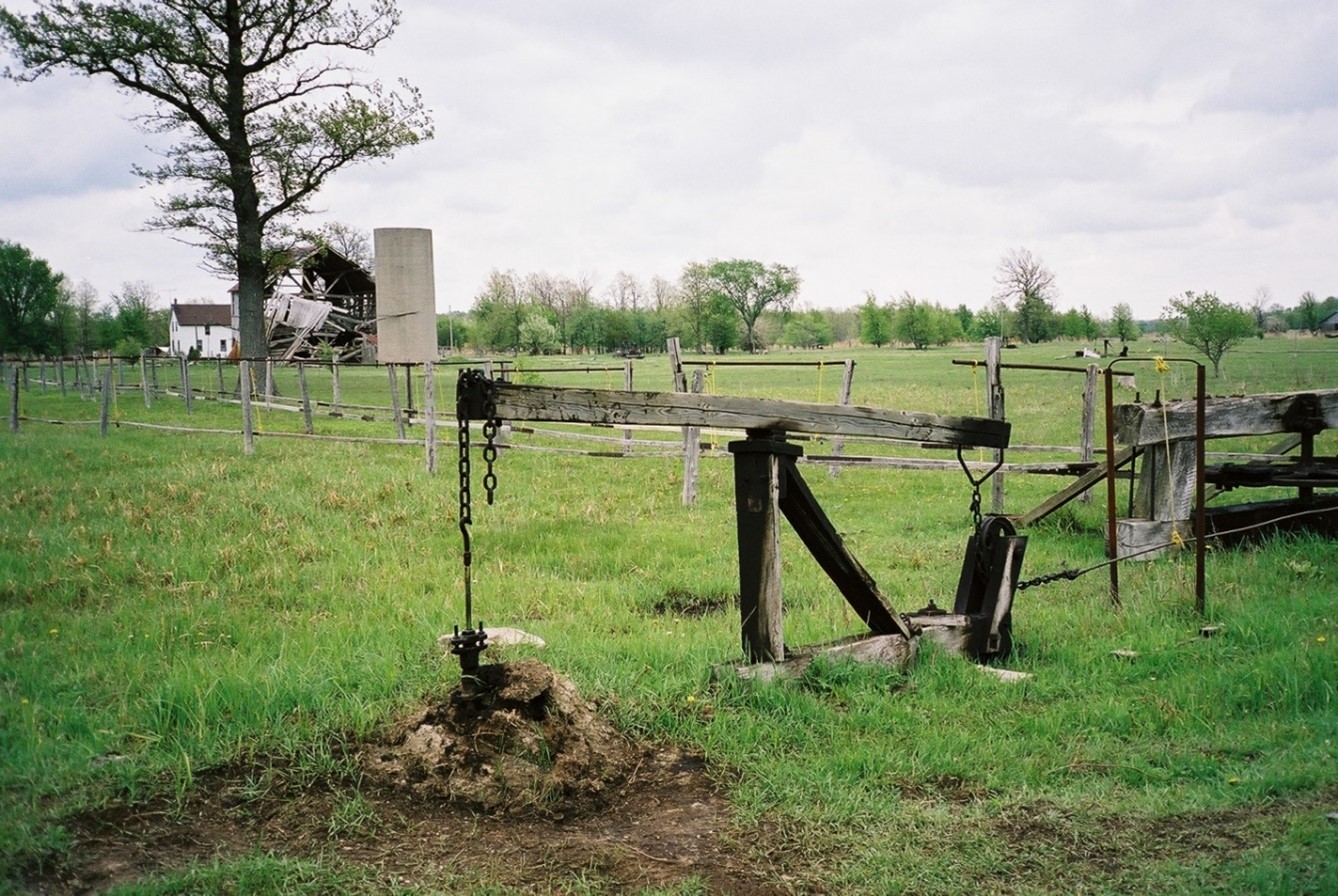
Although each is unique, districts often have similar characteristics. These may include having:
- a cluster of buildings, sites, structures, designed landscapes, and natural areas that are linked by their aesthetic, historical, or socio-cultural contexts or by their usage
- a combination of elements including natural features such as topography, landforms, landscapes, water courses together with built forms such as pathways and street patterns, landmarks, nodes or intersections, approaches and edges
- a definable visual harmony through such elements as building scale, mass, height, shape, construction materials, proportion, colour, etc., that convey a distinct sense of time and place
- a commonality or a heterogeneity, which enables a district to be recognized and distinguishable from its surroundings or from neighbouring areas.

